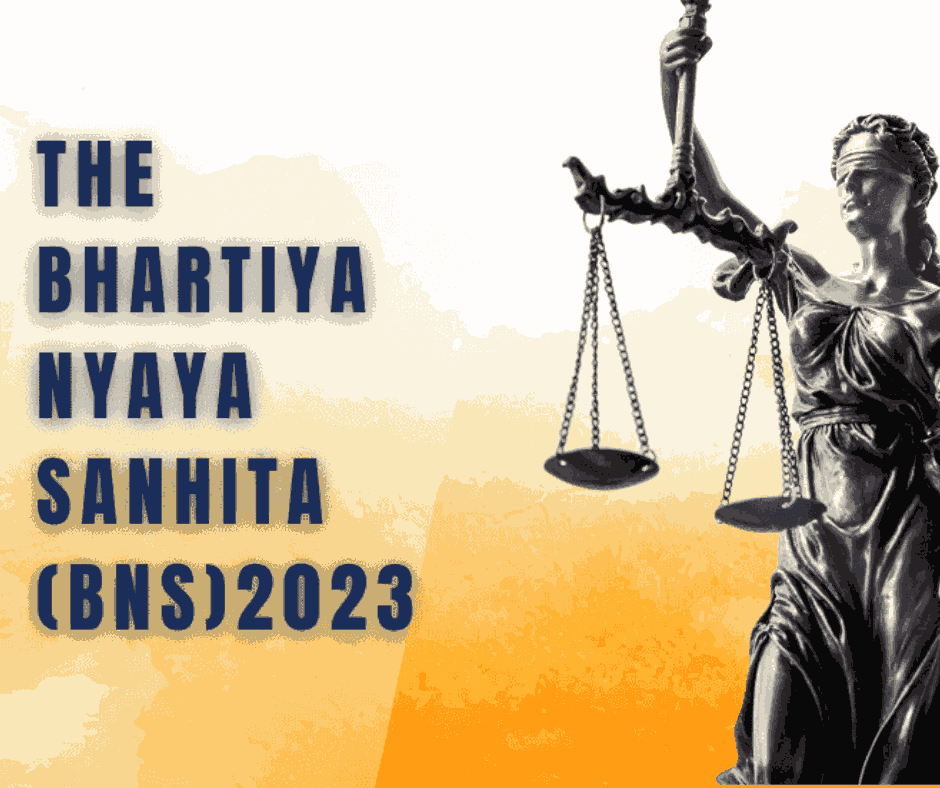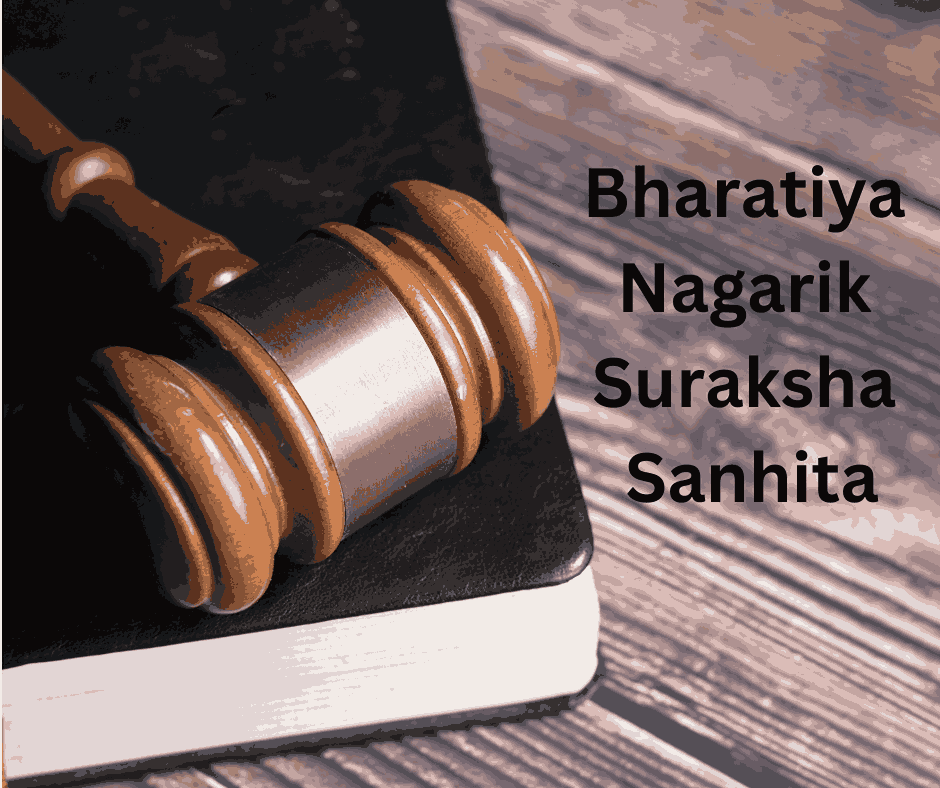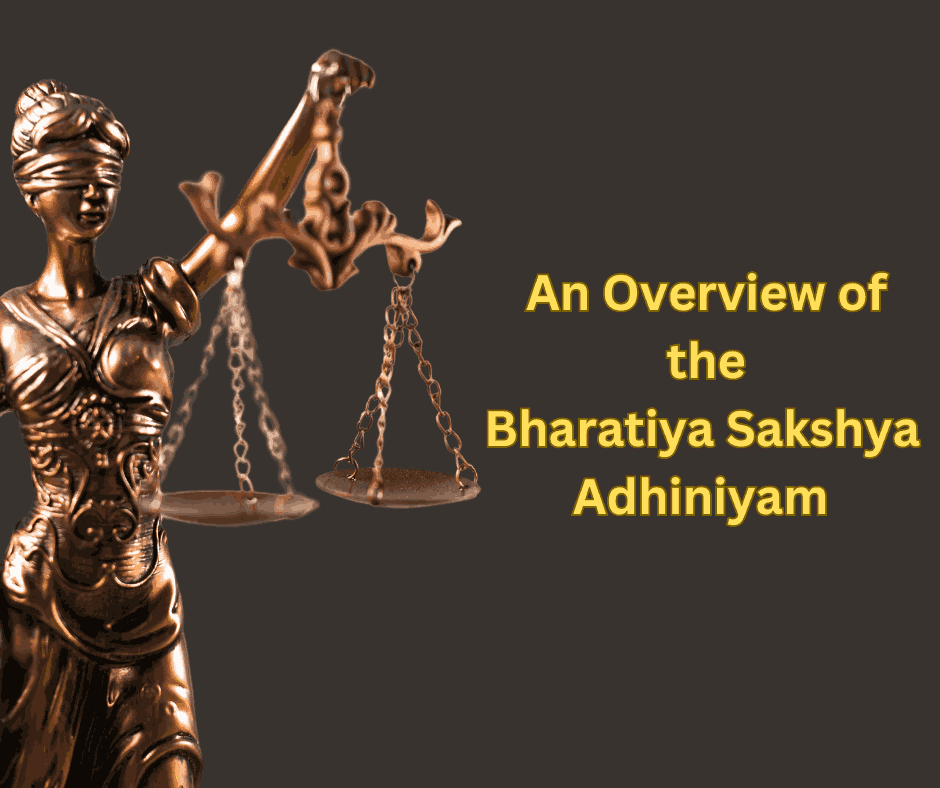On July 1, 2024, India ushered in a significant transformation of its criminal justice system. The implementation of the Bharatiya Nyaya Sanhita (BNS), Bharatiya Nagarik Suraksha Sanhita (BNSS), and Bharatiya Sakshya Adhiniyam (BSA) has replaced longstanding legislations like the Indian Penal Code (IPC), the Code of Criminal Procedure (CrPC), and the Indian Evidence Act (IEA).
Prime Minister Narendra Modi has hailed these changes as a stride towards eradicating “the mentality and symbols of slavery” to foster a “new confident India.”
Bharatiya Nyaya Sanhita (BNS)

The introduction of the Bharatiya Nyaya Sanhita (BNS) marks a significant overhaul of India’s criminal legislation, replacing the long-standing Indian Penal Code. This reform introduces several new crimes and amendments intended to address modern legal challenges, but it has also sparked a debate about whether these changes are progressive or regressive.
Key Changes Under the Bharatiya Nyaya Sanhita
One of the notable additions is Clause 69, which targets deceitful acts in sexual consent.
This clause criminalises sexual intercourse achieved through deceit, such as false promises of employment or marriage while hiding one’s identity. Offenders face up to ten years in prison along with fines.
While some applaud this for addressing manipulative behaviours that lead to sexual exploitation, critics argue it risks criminalising consensual relationships where promises are ambiguously involved.
Another significant amendment is the explicit recognition of murder based on caste, community, or race under new Clause 103. This provision comes in response to the increasing visibility of hate crimes in India, aiming to ensure such acts are distinctly recognised and appropriately penalised under the law.
Furthermore, the BNS consolidates crimes related to organised crime and terrorism, previously scattered across various specific laws like the UAPA. Clause 111(1) defines organised crime broadly, including a range of activities from cyber crimes to human trafficking. However, the broad definitions, such as “cyber-crimes with severe consequences,” have been criticised for their lack of clarity, which could lead to arbitrary enforcement.
Clause 304(1) introduces ‘snatching’ as a distinct crime, separate from theft, though both carry the same penalty. This aims to address the nuances of ‘snatching’ as an act of aggression distinct from other forms of theft.
Are These Changes Progressive or Regressive?
The BNS retains the structural foundation of the IPC, including general exceptions, punishments, and the Right to Private Defence, suggesting a continuity in the legal framework’s core principles. However, the introduction of specific new crimes and the emphasis on modern societal issues indicate a shift towards a more contextual and responsive legal system.
The debate centres around whether these changes enhance the justice system’s ability to deal with contemporary issues or if they introduce new problems, such as potential overreach by law enforcement and the criminalisation of personal relationships under vague legal standards.
The BNS represents a significant step in the evolution of Indian criminal law, reflecting changes in societal norms and technological advancements. Whether these reforms are seen as progressive or regressive may depend on their implementation and the legal precedents they establish.
Bharatiya Nagarik Suraksha Sanhita (BNSS)

The introduction of the Bharatiya Nagarik Suraksha Sanhita (BNSS), which replaces the Criminal Procedure Code of 1973 (CrPC), marks a significant turning point in the administration of criminal justice in India. This new legislation introduces modern procedures aimed at streamlining judicial processes and incorporating technological advancements. However, it raises critical questions about the balance between efficiency and civil liberties.
Key Innovations in the Bharatiya Nagarik Suraksha Sanhita:
- Forensic Mandate for Serious Crimes: One of the most pivotal changes is the mandatory involvement of forensic experts in the investigation of crimes punishable with imprisonment of seven years or more. This aims to enhance the accuracy and reliability of evidence collected at crime scenes, potentially leading to higher conviction rates and fairer trials.
- Digitisation of Judicial Processes: BNSS mandates that all inquiries, proceedings, and trials be conducted in electronic mode. This digital transformation is intended to expedite the judicial process, reduce paper usage, and make the system more accessible. However, this shift also necessitates significant infrastructure upgrades and training for legal personnel.
- Use of Electronic Devices in Legal Proceedings: The new code allows for the production of electronic communication devices during investigations, trials, or inquiries. This is a forward-looking approach that recognises the evolving nature of communication and evidence in the digital age.
The Debate: Progressive or Regressive?
The BNSS represents a progressive leap towards integrating technology within the legal framework, which could significantly improve procedural efficiencies and the handling of evidence. The emphasis on forensic science underscores a move towards more scientific and empirical methods of investigation, reducing the reliance on witness testimony, which can be unreliable.
However, these changes are not without their criticisms. The extensive use of technology and digital processes requires robust data protection laws to safeguard the privacy of individuals. There is also a concern about the digital divide in India, where access to technology is uneven, potentially disadvantaging certain groups in the judicial process.
The BNSS not only represents a shift in procedural norms but also challenges us to think critically about the future of legal practices and the balance between technological advancement and fundamental rights. The effectiveness of the BNSS will largely depend on the legal fraternity’s ability to adapt to these substantial changes.
Bharatiya Sakshya Adhiniyam (BSA)

The introduction of the Bharatiya Sakshya Adhiniyam (BSA) represents a significant shift in India’s approach to evidence within the legal system. Replacing the Indian Evidence Act, this new legislation seeks to modernise and adapt evidence handling to the digital age.
Innovations in Evidence Processing:
- Inclusion of Electronic and Digital Records: The BSA has broadened the scope of admissible evidence to include a wide array of electronic records such as server logs, emails, digital files, location data, and online communications. This change reflects the increasing reliance on digital information in everyday life and aims to make legal proceedings more relevant to contemporary societal interactions.
- Oral Evidence in Electronic Form: In an effort to align with modern technology, the BSA allows for oral evidence to be taken electronically. This not only streamlines the process but potentially enhances the accuracy and reliability of testimonies recorded during legal proceedings.
- Enhanced Protection and Transparency in Sensitive Cases: Specifically addressing the handling of rape cases, the BSA mandates that victims’ statements be recorded through audio-video means. This provision is intended to offer greater protection to victims and ensure higher transparency during the investigation phase.
- Expansion of Secondary Evidence: The BSA expands the concept of secondary evidence to include both written and oral admissions. This adjustment acknowledges the evolving nature of how information is documented and shared, adapting to a world where digital interactions are as significant as traditional paper-based ones.
The Debate: Progressive or Regressive?
Advocates for the BSA argue that these changes make the law more applicable to current realities, enhancing the justice system’s ability to handle cases effectively in the digital era. The inclusion of comprehensive digital evidence and the use of technology in recording testimonies are seen as progressive steps that could lead to more thorough and fair examinations of cases.
However, critics express concerns about privacy implications and the potential for misuse of expanded digital evidence. The broad definitions of what constitutes admissible electronic evidence could lead to overreach and invasions of privacy.
Additionally, the reliance on technology necessitates robust systems to prevent tampering and ensure the integrity of evidence, raising questions about the readiness of India’s legal infrastructure to support these changes.
You must understand the nuances of the Bharatiya Sakshya Adhiniyam as it not only impacts how future lawyers will handle evidence but also challenges them to think critically about the balance between technological advancement and fundamental legal principles.
As India strides into a new era of digital jurisprudence, the success of the BSA will largely depend on the ongoing evaluation of its impacts on justice delivery.
Conclusion
July 1, 2024, marks a significant transformation in the Indian justice system with the enactment of the Bharatiya Nyaya Sanhita (BNS), Bharatiya Nagarik Suraksha Sanhita (BNSS), and Bharatiya Sakshya Adhiniyam (BSA). These criminal laws introduce necessary updates to address contemporary issues, reflecting a crucial evolution in India’s legal framework.
While they have sparked debate, they undeniably represent a progressive step towards modernising and enhancing the efficacy of India’s legal processes. Now, their implementation and ongoing evaluation will decide how effective they are going to be.





